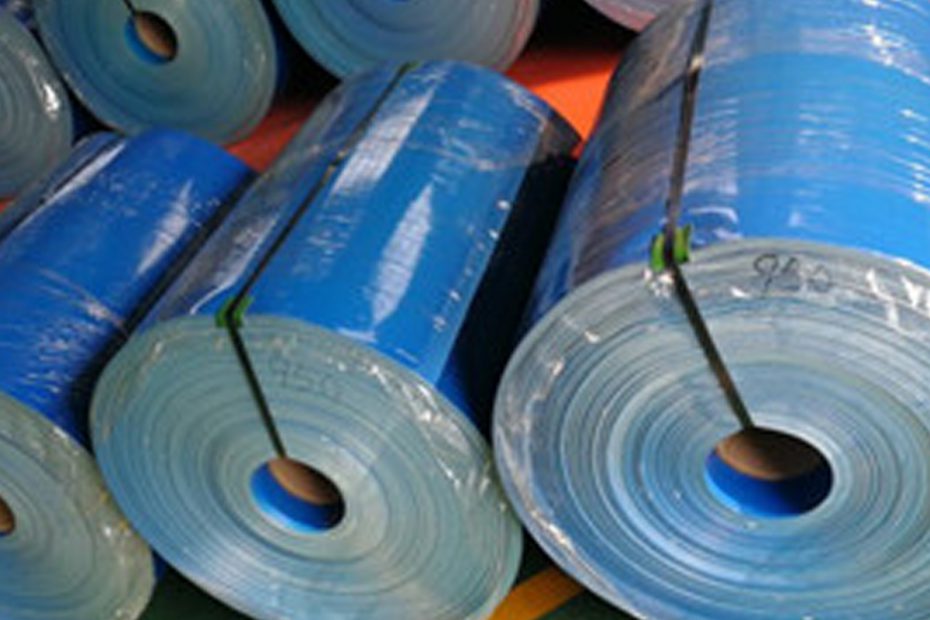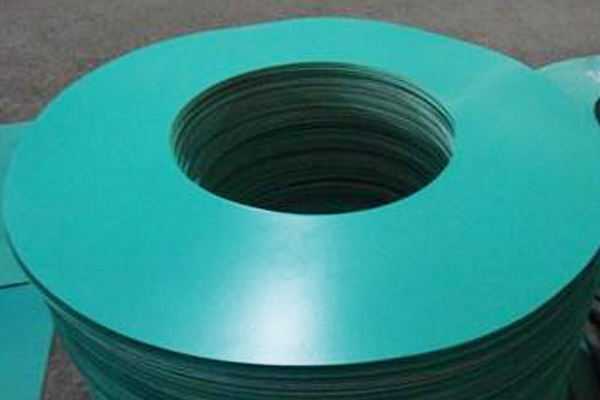The steel coil Protection machine is mainly used for the automated wrapping and packaging of ring-shaped products such as copper strips, steel strips, steel coils, aluminum strips, bearings, steel wires, welding wires, cables, and hoses.
With its precise mechanical transmission and film tension control system, the equipment can handle steel coils of different diameters (typically 500–2200 mm) and weights (500 kg–50 tons). After wrapping, the products not only gain a neat and aesthetic appearance, but also significantly improve their protective performance—including moisture-proofing, dust-proofing, rust prevention, aging resistance, and protection against accidental impacts, thereby extending product shelf life during storage and transportation.
Steel Coil Protection Board:Introduction
The steel coil Protection board (also known as steel coil protective board or steel coil Protection box board) is a rigid or semi-rigid panel used for the outer protection of steel coils. It is typically combined with flexible materials such as stretch film and anti-rust paper to form a multi-layered composite protection system.
These packaging boards are usually made of galvanized steel sheets, cold-rolled steel sheets, aluminum alloy sheets, or high-strength composite materials. Depending on the coil’s weight, transportation distance, and storage environment, they are manufactured in different thicknesses (0.5–3 mm) and structural forms.
Functions of Steel Coil Protection Board
- Mechanical Protection: Resists collisions, compressions, and scratches during transport and lifting, preventing edge damage.
- Moisture and Rust Prevention: Works with vapor corrosion inhibitor (VCI) paper and plastic films to block moisture and oxygen, slowing down oxidation.
- Structural Support: Provides stability during stacked storage, preventing deformation or collapse.
Key Points of Steel Coil Protection Board
To ensure coils remain rust-free during long-term storage or marine transportation, steel mills generally adopt a multi-layer composite protection system, typically including the following:
1. Inner Protection (Sealed Isolation)
- VCI Paper: Releases anti-rust gases (such as nitrite derivatives) that create a protective atmosphere in enclosed spaces, inhibiting electrochemical reactions on metal surfaces.
- Tape Sealing: Uses high-adhesion waterproof tape (e.g., PET-based) to fully seal coil edges, blocking moisture ingress.
2. Middle Protection (Buffering and Moisture Resistance)
- Plastic Film (PE Stretch Film): Tightly wraps the coil, adding a moisture barrier and reducing friction damage during transport.
- Cardboard Liners: Applied to coil end faces to prevent edge wear.
- Corner Reinforcements: Hard paperboard corners protect coils from deformation during lifting.
3. Outer Protection (Impact and Water Resistance)
- Sheet Metal Wrapping (Galvanized Steel Plate): Provides mechanical protection against compression during forklift handling or stacking.
- Steel Strapping: High-strength straps (tensile strength ≥900 MPa) secure the entire package structure.
Conclusion
The main functions of Steel Coil Protection Board include waterproofing, pressure resistance, enhanced stability, and environmental protection. These multi-dimensional protections enhance the transportation quality of steel coils, protecting them from corrosion, impact, and environmental factors during storage and transportation, thereby ensuring product quality.

